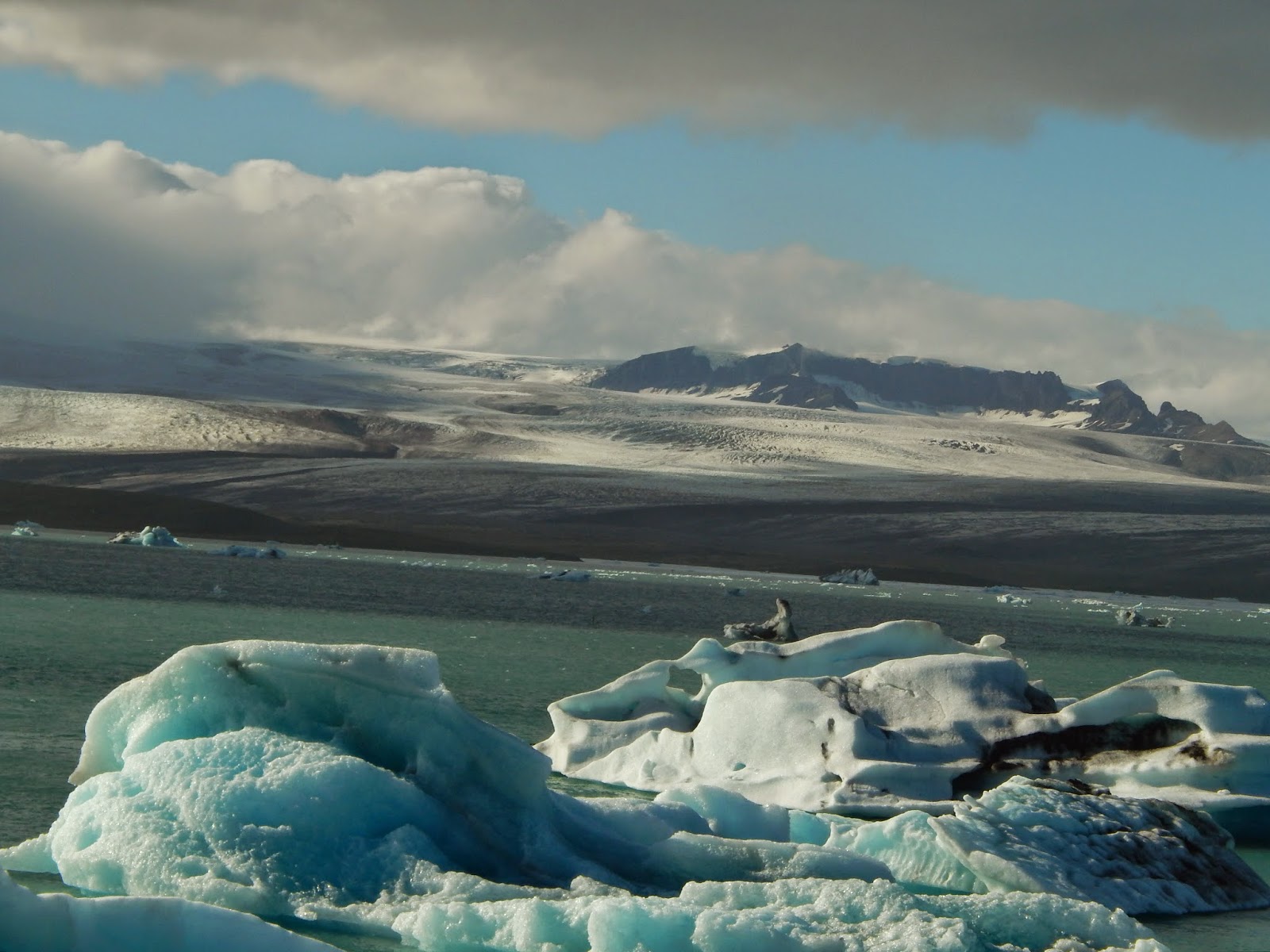While traveling in Iceland for two weeks, I decided to test several of the newer gluten-free nibbles on the market. My product testing had me searching for healthy, natural products. I am tired of LARA bars, have never been a fan of KIND bars, and altogether find too many gluten-free bars filled with sugar, carbohydrates, and questionable ingredients.
Sadly, the new gluten-free LUNA protein bar fits that description. Basically a chocolate candy bar, the ingredients are: Soy protein isolate, organic cane syrup, organic dried cane syrup, palm kernel oil, inulin (chicory extract), cocoa, non-organic dried cane syrup, macadamia nut butter, natural flavors (whatever that means), whey protein concentrate, chocolate, organic rice flour, salt, soy lecithin, cocoa butter, and both organic alkalized cocoa and organic vanilla extract and alkalized cocoa and vanilla extract, plus a bunch of added minerals. Whew. Nearly a score of ingredients. Plus, why bother with organics when you are also going to add in the (cheaper) non-organic version of the same ingredient? Seems like a bit of a bait and switch to me. This bar may taste good, but I doubt it's very good for you. That said, the new LUNA protein lip balm kept my lips moist and juicy throughout my trip.
Grades: LUNA Bar-D LUNA Balm A-
When I looked for bar alternatives, I was seeking out high-protein products. Aside from the LUNA line, I tried various versions of Caveman Cookies, a paleo, all-natural product with no dairy and no gluten. There are six flavors, ranging from Mayan--chocolate, chili and chia--to New World--pumpkin, maple and cranberry. The cookies have between four and eight ingredients, depending on the flavor, and all are products you can recognize (honey, various nuts, raisins, coconut spices, and dried fruits). They are soft, yummy, not terribly sweet, and about 60-70 calories a cookie. One is not going to fill you up, but it will give you a little energy spike during a long day of touring. Grade: A-

The last product I will review here is the Santa Barbara Bar. Now, this one is made with gluten-free oats, and I know that some debate whether that is an oxymoron. However, I do fine with Trader Joe's GF Oatmeal, and indeed, I didn't react to the Santa Barbara Bar. The bar is cloyingly sweet, although tasty and chewy. I tried the coconut almond version. The ingredients are almonds, brown rice syrup, whey crisps ( whey protein concentrate and rice flour), GF oats, raisins, pumpkin seeds , cashews, brown rice syrup solids, chicory fiber, honey, salt, chia seeds, sunflower lecithin, and GF oat flour. Again, that's a number of ingredients, but most of them seem relatively healthy. Grade: B
Next up: Gluten-free beef jerky and other snack items.
 The Ring Road circles the island of Iceland, traveling through countryside and fjords,and past countless waterfalls, glaciers, and volcanoes. In all, it's more than 800 miles long.
The Ring Road circles the island of Iceland, traveling through countryside and fjords,and past countless waterfalls, glaciers, and volcanoes. In all, it's more than 800 miles long. The Ring Road circles the island of Iceland, traveling through countryside and fjords,and past countless waterfalls, glaciers, and volcanoes. In all, it's more than 800 miles long.
The Ring Road circles the island of Iceland, traveling through countryside and fjords,and past countless waterfalls, glaciers, and volcanoes. In all, it's more than 800 miles long.


























